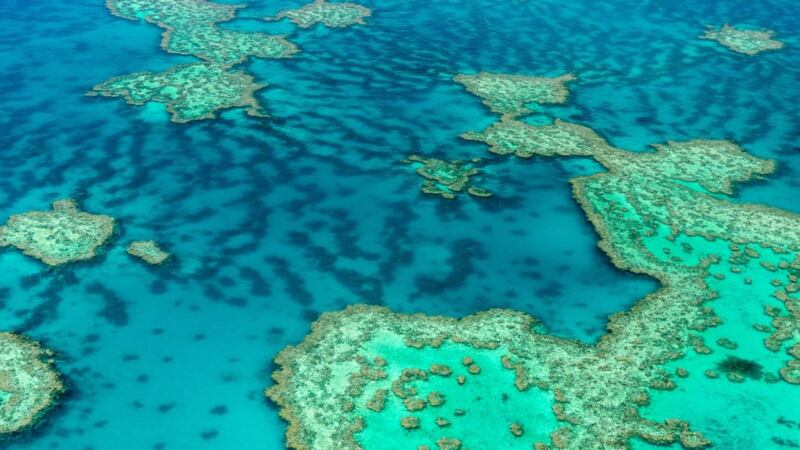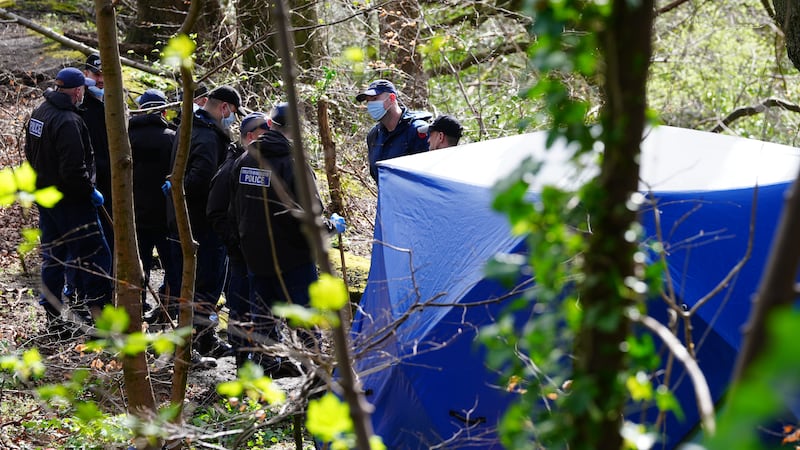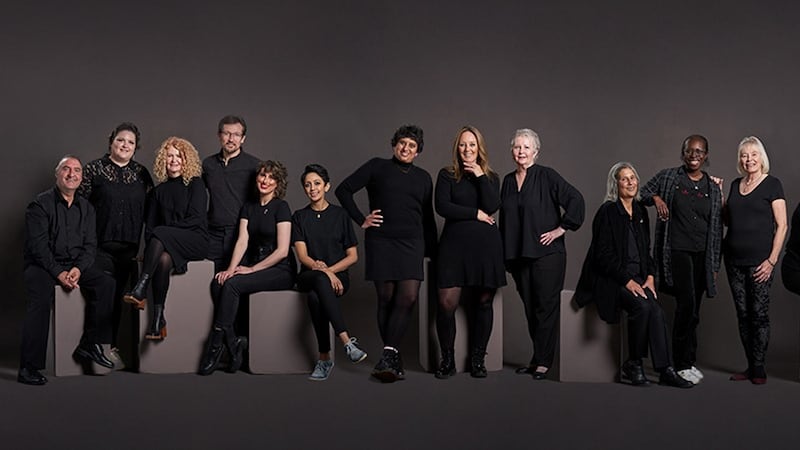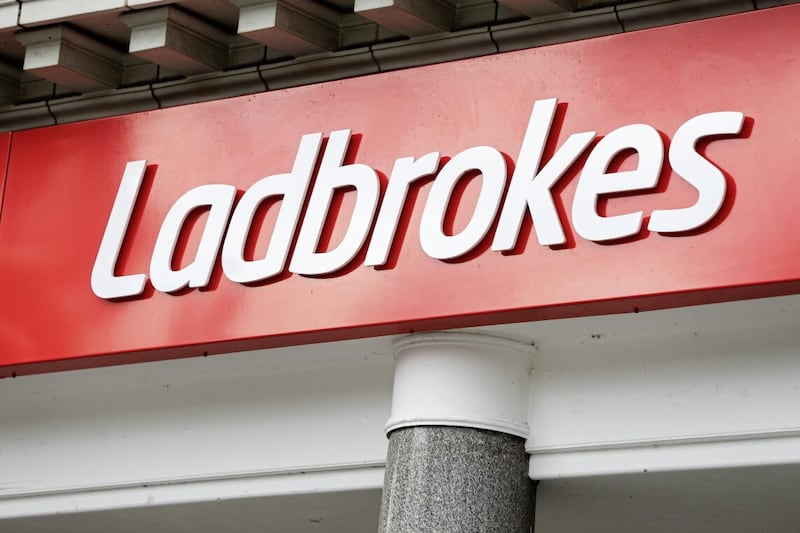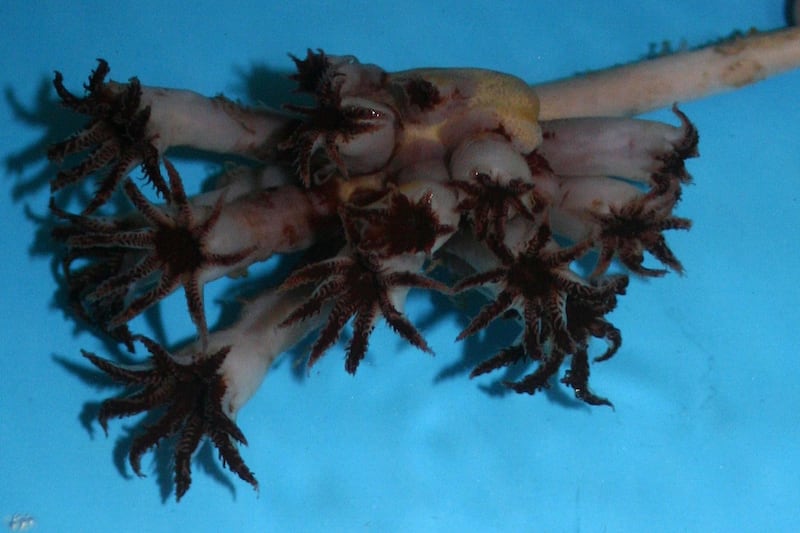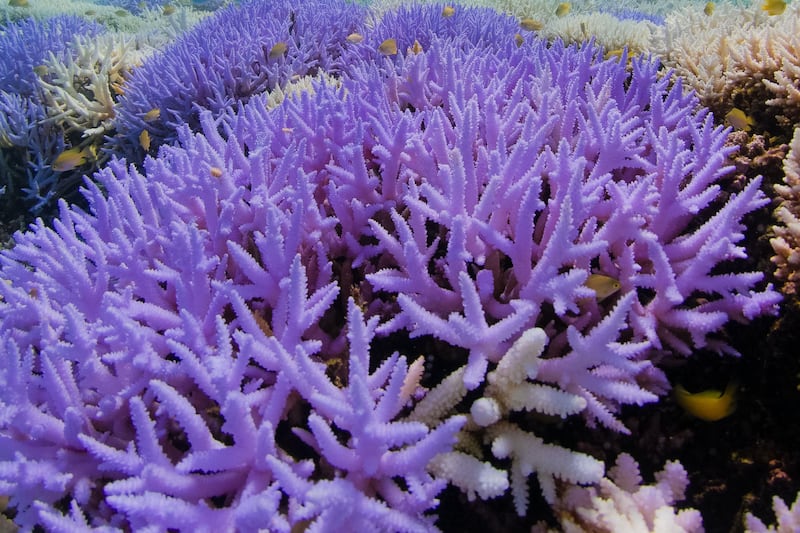The impact of rising ocean temperatures on the Australian Great Barrier Reef has been worse than expected in the past year.
Surveys of the reef revealed an estimated 29% of shallow water corals died from bleaching in 2016, with most of the dead coral occurring in the north of the reef, past Port Douglas. Some 70% of shallow water corals died in this area.
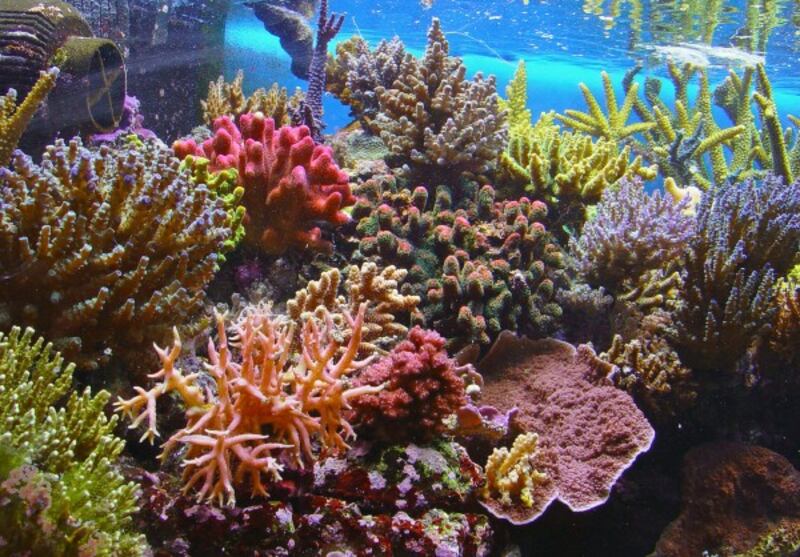
The Marine Park Authority, Queensland Parks and Wildlife Service, Australian Institute of Marine Science and the ARC Centre of Excellence for Coral Reef Studies conducted the aerial and in-water surveys. And they say the figure is up from the 22% estimated in mid-2016.
Further coral loss is expected in 2017 from the second year of bleaching in a row, and the impacts of tropical cyclone Debbie, the experts said.
Global #coralbleaching over last two years led to widespread coral decline and habitat loss on #GreatBarrierReef: https://t.co/4XfHQNH4dZ
— GBR Marine Park (@gbrmarinepark) May 29, 2017
Bleaching happens when algae that lives in the coral is expelled due to stress caused by extreme and sustained changes in temperatures. The coral turns white and can die if conditions do not return to normal.The Great Barrier Reef is the world’s largest collection of coral reefs, with 400 types of coral, 1,500 species of fish and 4,000 mollusc species, and is the habitat of wildlife such as the dugong, or sea cow, and the large green turtle.
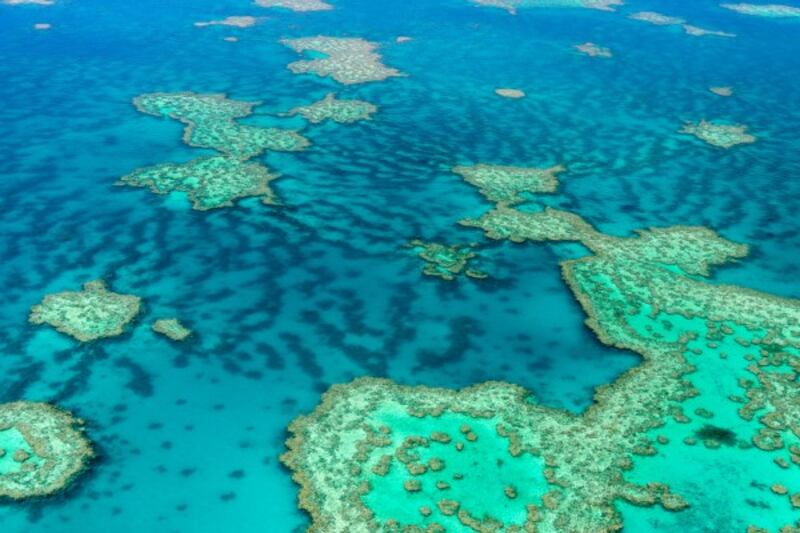
Great Barrier Reef Marine Park Authority chairman Russell Reichelt said: “As has been the case with reefs across the world, the Great Barrier Reef has experienced significant and widespread impacts over the last two years.“We’re very concerned about what this means for the Great Barrier Reef itself and what it means for the communities and industries that depend on it.”
